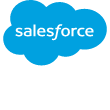Where today’s cloud and communications Network Operations Centers fall short
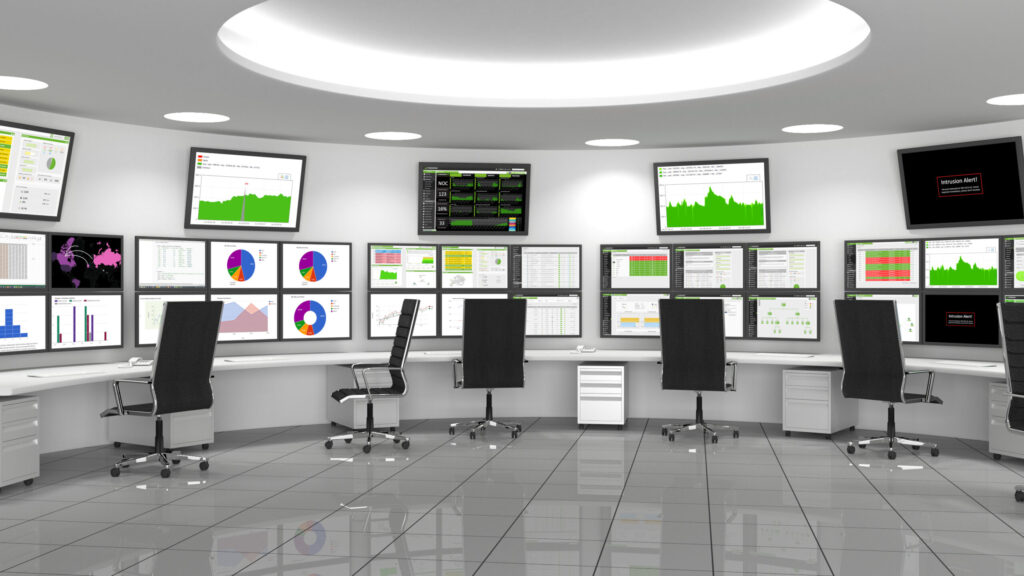
Communication and cloud service providers employ a variety of RMM/NMS/APM/Observability systems to monitor service availability and performance.
These systems monitor and measure availability, resource utilization levels, CPU loads, latency, jitter, packet loss, etc.
Providers also use ticketing systems to track issues and provide customer support.
Monitoring and ticketing systems live in their own silos owned by NOCs (Network Operations Centers), engineering or support (or, in general, technical departments) and enable them to effectively deliver break/fix customer support.
However, their separation from business systems (such as CRMs) is a disadvantage that can lead to sub-optimal customer experience, higher churn and increased support costs.
Challenges
Reactive approach
In majority of cases, NOCs as well as RMM/NMS/APM/Observability systems are reactive. When a problem appears, alarm or ticket is created, the problem is diagnosed and resolved. This works well from the break/fix perspective; however it leads to:
- Missed revenues: as customers approach capacity limits or need a different product, an alarm typically will not go off until they have already started experiencing problems. This causes business to engage too late in the process.
- Degraded user experience: many services will show degraded performance long before the NOC is alarmed as NMS alarms are usually set at warning thresholds.
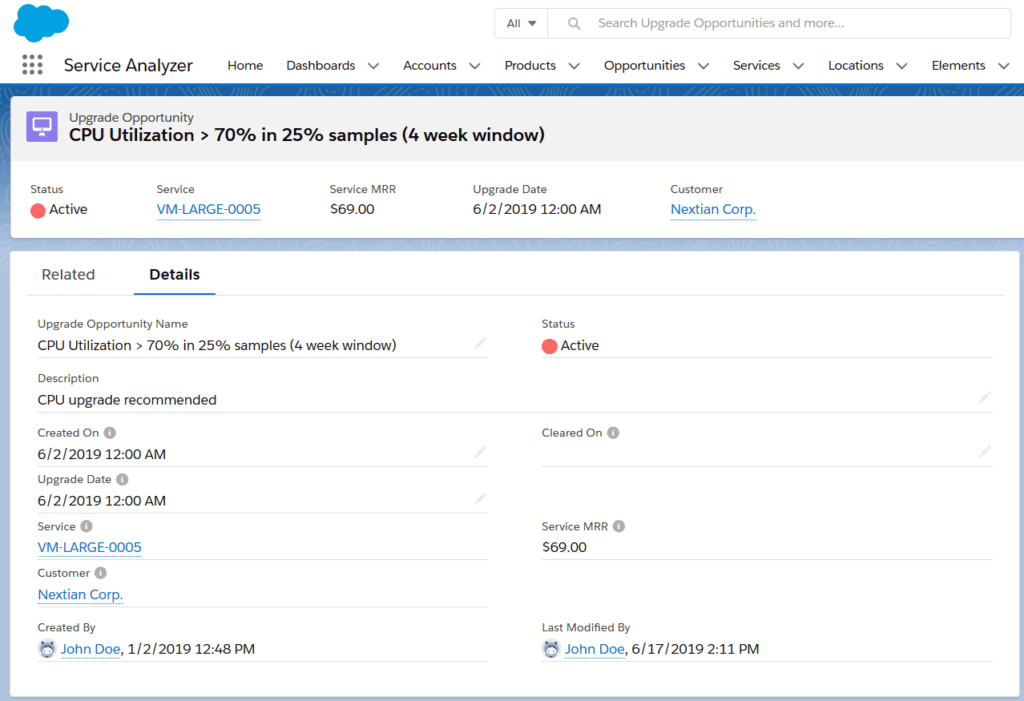
Lack of holistic service monitoring
Traditional NMS/RMM/APM/Observability systems monitor individual elements (or nodes). Each element represents a single piece of equipment (a router, a firewall, a server, a network interface, etc.) or an application (a SQL database, an Active Directory server, a DNS service, etc.).
However, a single service usually depends on multiple elements to work properly. For example:
- A SD-WAN service may require the primary Internet connection, backup broadband link, tertiary 4G wireless as well as provider’s SD-WAN controller.
- A cloud application depends not only on software but also OS health, available storage, internet connectivity, server or virtual infrastructure, etc.
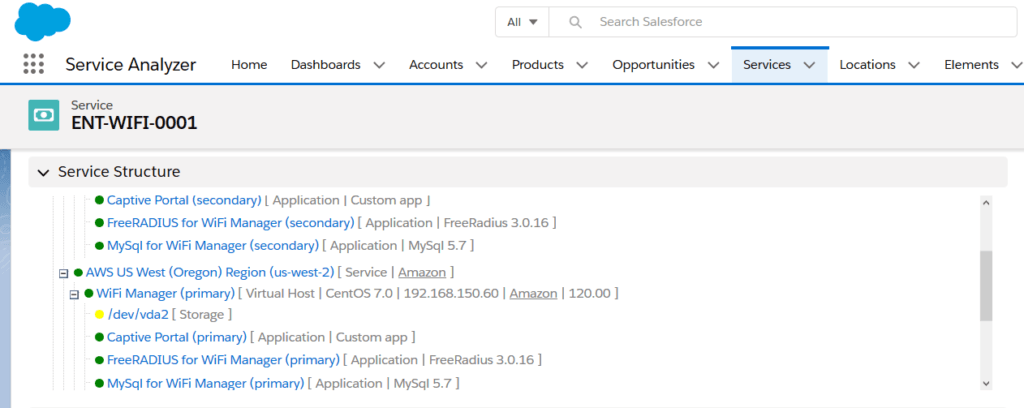
Lack of service, account and financial context
Since monitoring systems do not contain business information, the information about account, purchased services along with financial details is not immediately available to the support teams.
Integrating business information with support systems results in:
- Reduced customer support costs by limiting time spent on investigation and consolidation of data from disparate systems.
- Improved prioritization of alarms, outages and tickets by easy identification of most valuable customers & services.
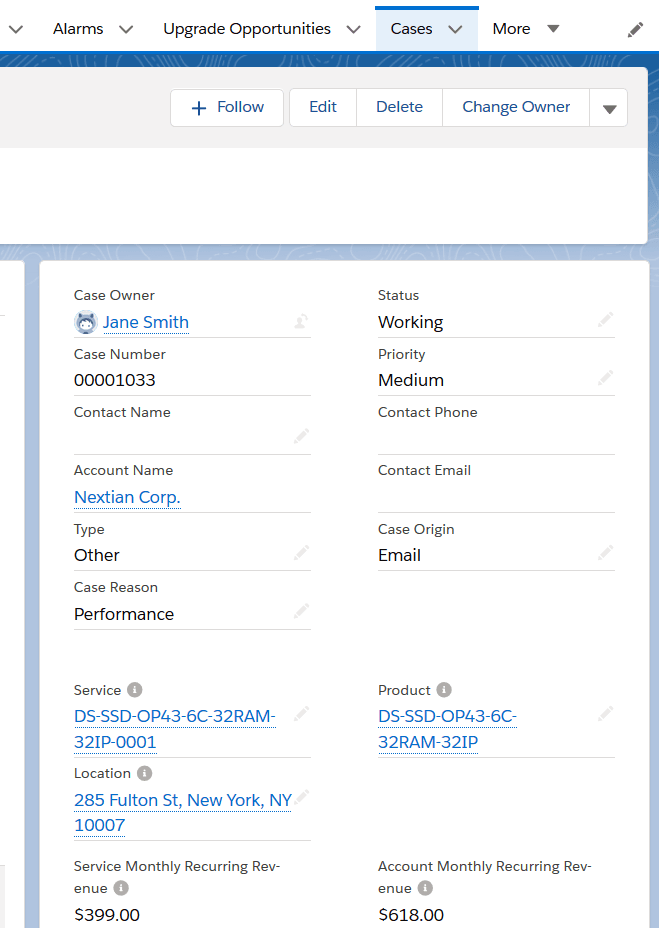
Nextian RMM Implementation
Nextian addresses the above challenges by consolidating account, service, monitoring and support in the Salesforce CRM.
Why CRM?
- Service providers usually have a CRM already in-place.
- Modern CRM systems such as Salesforce and NetSuite are highly customizable development platforms.
- Most likely sales and account management teams already spend a lot of time working with the CRM; they can be leveraged to provide extra customer support with little re-training.
- If ticketing and ordering are also implemented in the CRM, a 360° customer accounts view can be achieved in a single system.
RMM/NMS/Observability
As mentioned earlier, RMM/NMS/APM/Observability systems work on the element level – they do not know how an element is used in a service. For example, a router is a router no matter if it is a CPE (customer premise equipment) or a core network device.
To obtain a full picture of a customer service, one needs to keep track of how service is built (this can be done in the CRM), pull in monitoring information from the RMM/NMS/APM/Observability and establish an aggregated service status as well as discover potential upgrade opportunities.
Nextian RMM (Remote Monitoring and Management) Integration does exactly that. Its role is to:
- Monitor physical components of managed services (applications, databases, network devices, network interfaces, virtualization, etc.) directly or by retrieving the information from third party RMM/NMS/APM/Observability systems (such as SolarWinds Orion or IBM Net Cool).
- Run analytics.
- Push information to Salesforce CRM (e.g., alarms, service health, availability timeline, upgrade opportunities, etc.).
- Facilitate advanced ticketing scenarios such as automatic creation / closure of Salesforce cases.
Nextian RMM runs outside Salesforce either on premise or in the cloud (EC2, Heroku, AZURE or other).
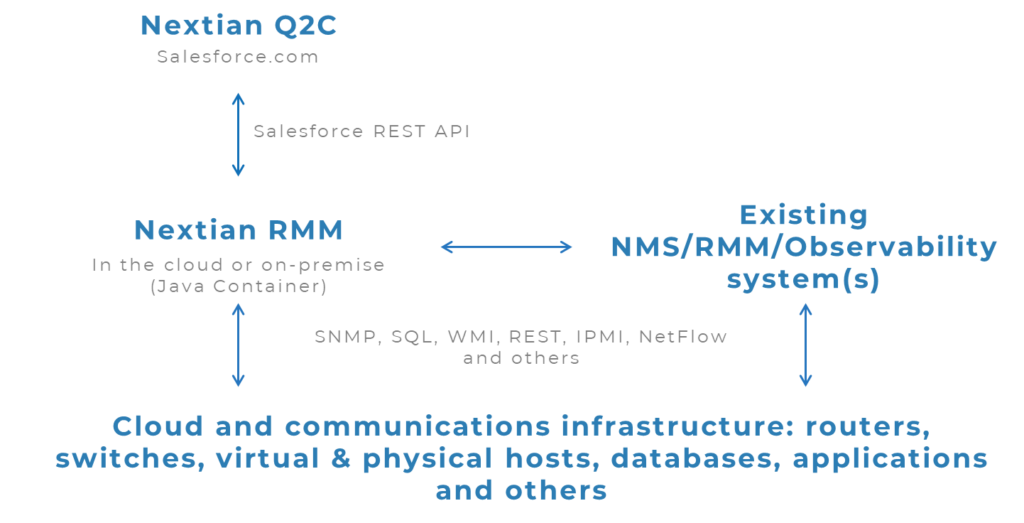
Ticketing & Customer Support
Associating service information with trouble tickets provides support teams with the following information:
- Are there any element outages reported by RMM/NMS?
- Is any of the failing elements managed by a third-party vendor?
- What other services does customer have?
- Are there any services for other customers impacted?
- How much subscription revenue is impacted?
More information about implementing trouble ticketing with Salesforce and Nextian is available here.
Conclusions
Bridging the gap between monitoring, ticketing and account & service management helps cloud and communications providers to:
- Increase user experience:
- Detect complex issues by combining service structure with element monitoring
- Shorten issue resolution time by consolidating all customer information in a single, master system – the CRM
- Enable account managers to do a better job by giving them a 360° insight into service status and tickets
- Reduce costs:
- Shorten time required to gather all information for troubleshooting
- Increase revenue:
- Proactively and automatically discover upgrade opportunities and pass them to account management
- Reduce churn:
- Prioritize issues, service outages based on their financial impacts
Nextian is a vendor of Quote-to-Cash (QTC) software for cloud and communications helping providers accelerate growth and increase customer lifetime value.
Contact us today to find out how we can help you!
Related posts
2024 telecommunications industry trends in quote-to-cash
Learn about 2024 telecommunications industry trends: shift towards software, digital experience, automation, API-fication and AI & algorithms.
Taking telco service delivery to the next level
Take your telco service delivery to the next level with task automation, intelligent task assignments, automated scheduling and forecasting and others.
Increasing sales velocity for cloud & communications services
Increase sales velocity of cloud and communications services and quickly generate revenue with rapid quoting, automated renewals and omni-channel sales.
GET THE NEXTIAN ADVANTAGE
We help enterprises increase revenue, profitability and gain efficiencies by realizing the full potential of the Salesforce platform.

